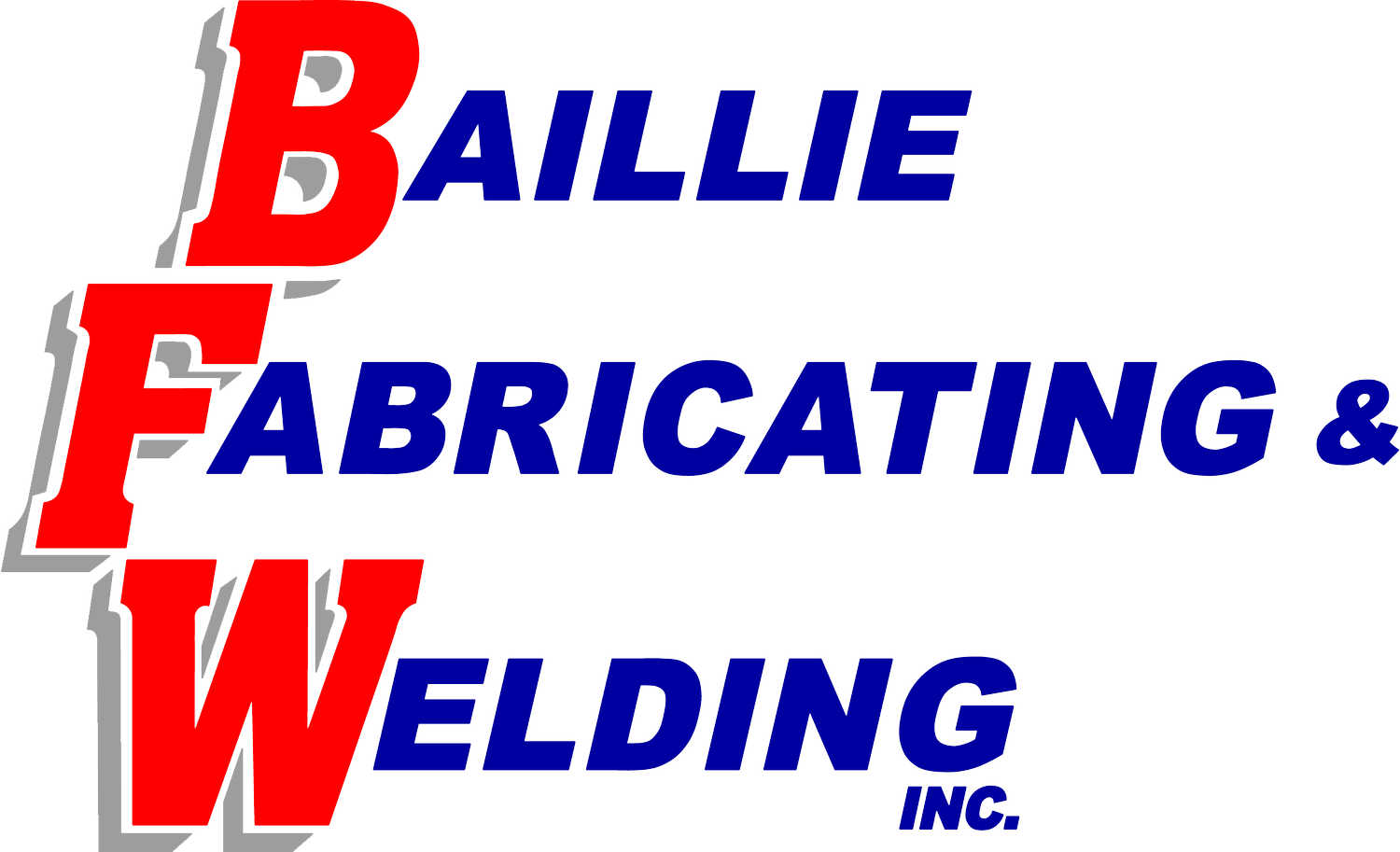Sheet Metal Assembly Solutions: PEM® Fasteners, Rivet Nuts, and More
Baillie Fabricating and Welding’s capabilities wouldn’t be complete without hole tapping, thread forming, and hardware integration services. Further enhancing our assembly solutions, our shop floor even boasts an automated fastener-insertion machine for installing PEM® products in-house.
At our Pennsylvania metal fabrication shop, we provide various fastening solutions suited for equipment used in food processing, packaging, pharmaceuticals, and other industries. Keep reading to learn how our fastening solutions can support your next project—literally!
PEM® Fasteners
One of PennEngineering®’s leading brands, PEM’s fasteners ensure strong, reusable, permanent threads and mounting points in thin sheet metal and other rigid materials. PEM’s self-clinching technology makes installation clean and easy for shops like Baillie Fab that have an automated “PEM machine” press.
Because PEM fasteners are designed for light-duty applications, we primarily install ¼”-20 hardware or smaller. Made for integration into sheet metal as thin as 0.008”, PEM fasteners are installed during your part’s metal fabrication services. Minimal assembly steps are required, making this solution fast and cost-efficient.
While it’s possible to install PEM fasteners manually, a PEM machine is necessary to ensure repeatability, especially at higher volumes, such as a recent 1,000-part sheet metal fabrication order the Baillie Fab team further customized with 12 PEM fasteners per part.
Choose PEMs for:
Electronics applications
Holding together very small parts
Rivet Nuts
The rivet nut is a lesser-known fastening solution unfamiliar to some engineers. Rivet nuts, like PEM fasteners, clench the material upon insertion. But unlike PEMs, rivet nuts are strong enough for thicker parts and heavier-duty applications. And because most sheet metal is too thin for tapped holes to contain significant threading, rivet nuts are a more reliable choice for connecting sheet metal parts.
While rivet nuts can be integrated with a hand tool, we prefer commercial-grade pneumatic equipment that allows us to install the hardware at scale. Production-grade equipment is key to keeping lead times low when installing 10,000 rivet nuts in a single job, like we regularly do for one recurring customer.
Choose rivet nuts for:
Structural fastening
Increased strength
Installing in thicker sheet metal
Tapped Holes
Sometimes, it makes sense to add threads to the sheet metal instead of the hardware. One of our customers requires threading in their sheet metal parts; they know their application and what will work best.
For standard tapping, we use a pneumatic tapping arm that creates beautifully straight taps quickly and at high volumes. The tapping arm can tap holes as small as #4-40 and as large as ⅜”-16.
A part’s material also impacts tapping. Aluminum is very easy to tap, steel is moderately difficult, and stainless is very challenging to tap. Small holes are easier to tap manually, though stainless is still incredibly difficult, even with manual processes.
Failsafe Considerations
When your sheet metal part needs threads, you may assume that weld nuts are the answer. While it’s true that rivet nuts require more clearance than weld nuts, they’re a low-cost alternative that benefits many applications.
We also receive orders for sheet metal fabrication services with standard tapping callouts, but this option typically fails. With a ¼”-20 bolt, for instance, your 0.125” plate will only hold 2.5 threads—not a very reliable solution. We recommend PEM fasteners or rivet nuts instead.
The Right Solution for Your Job
Many years ago, one of our customers was manually assembling components to a large aluminum base with around 100 holes using standard nuts and bolts. After redesigning the entire project, we now provide them with assembly kits that include parts set with rivet nuts, making assembly easier for our customer.
Talk to our Pennsylvania metal fabrication shop if you have questions about PEM fasteners, rivet nuts, tapping, or any other assembly-related process. We’ll gladly review your CAD files and recommend the best solution for your application!


